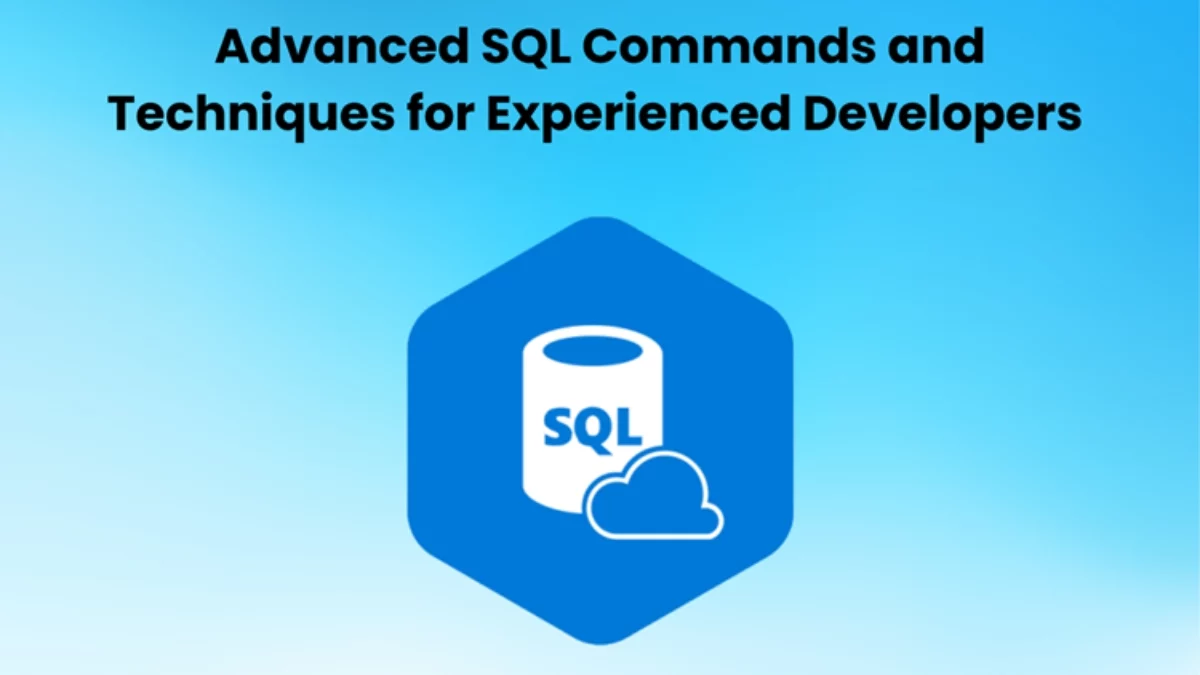SQL (Structured Query Language) is a fundamental tool for managing and manipulating databases. While most developers are acquainted with basic SQL commands like SELECT, INSERT, UPDATE, and DELETE, there exists a realm of advanced SQL commands and techniques that can significantly enhance a developer’s capability to work with databases. In this blog post, we will delve into these advanced SQL Commands and techniques that are particularly valuable for experienced developers aiming to elevate their SQL proficiency.
Table of Contents
Understanding SQL Commands
Data Definition Language (DDL), Data Manipulation Language (DML), Data Control Language (DCL), and Transaction Control Language (TCL) are the four general categories into which SQL commands fall. Database Structure Definition Language (DDL), Data Manipulation Language (DML), Data Control Language (DCL), and Transaction Control Language (TCL) are the four main languages used in databases.
Advanced SQL Commands
Subqueries: To get data from one or more tables, use subqueries, which are nested queries. Depending on the subquery’s findings in the SELECT, INSERT, UPDATE, and DELETE statements, they may filter, sort, or modify data.
Joins: Joins merge data from two or more tables using a shared column. Different join types—such as INNER JOIN, LEFT JOIN, RIGHT JOIN, and FULL JOIN—serve distinct objectives when accessing data from various tables.
Views: Views are virtual tables generated from a SELECT query’s result set. In addition to hiding the underlying table complexity and simplifying difficult searches, they also operate as a barrier of abstraction between the user and the database.
Stored Procedures: Stored procedures are precompiled SQL code that can be stored and executed on the database server. Their ability to take in inputs, carry out intricate tasks, and provide outcomes makes them valuable for encapsulating business logic and enhancing efficiency by decreasing network traffic.
Triggers: Triggers are special types of stored procedures automatically executed in response to certain events on a table, such as INSERT, UPDATE, or DELETE operations. They may be used to audit, ensure data integrity, or automate processes based on database events.
Advanced SQL Techniques
Indexing: By enabling instant access to rows depending on the values of certain columns, indexes are data structures that speed up data retrieval operations on a database. The speed of searches may be greatly enhanced by properly indexing tables, particularly when huge datasets are involved.
Query Optimisation: Query optimisation involves analysing and modifying SQL queries to improve their performance. Rewriting queries, selecting the right join types, and streamlining data retrieval are a few strategies that may assist in cutting down on the amount of time and resources needed to execute queries.
Normalisation: Normalisation is organising data in a database to reduce redundancy and dependency. Normalisation may enhance data integrity and simplify database management by segmenting tables into smaller, more manageable chunks and creating linkages between them.
Partitioning: Partitioning involves dividing large tables or indexes into smaller, more manageable parts called partitions. Enabling the database to access just the relevant partitions may enhance query performance, particularly in situations with big datasets.
Conclusion
Mastering advanced SQL commands and procedures is essential for seasoned developers looking to enhance data integrity, optimise database performance, and create scalable and effective systems. Developers can improve their SQL skills and create reliable, high-performing database applications by learning and using advanced SQL commands like subqueries, joins, views, stored procedures, and triggers and advanced techniques like indexing, query optimisation, normalisation, and partitioning.

